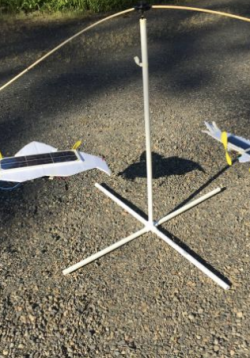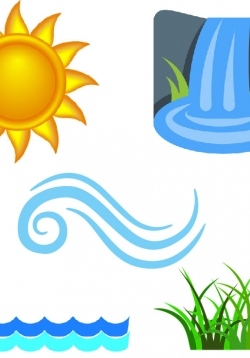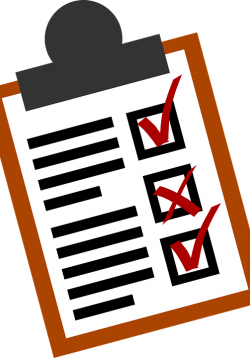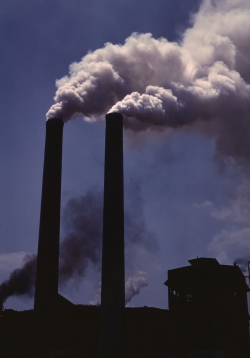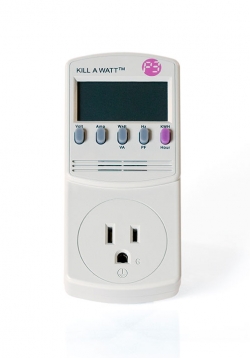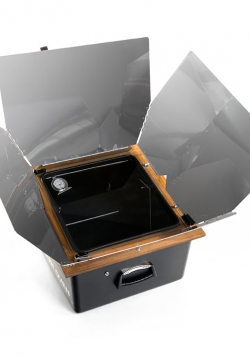Light Source Efficiency: Exploring Irradiance
This lesson explores the concept of irradiance by having students use a Vernier Pryanometer. Using the “Light Source Efficiency” worksheet to guide their work, students measure irradiance as compared to the Sun’s irradiance to see what would be the best...
Solar Mobile Design Challenge - Construction
This is the culminating hands-on project for the Solar Mobile Design Challenge Lessons, with construction aligned to an engineering design process. Students start by Restating the Design Problem that was introduced to them in the beginning of the Unit....
What is Energy? Where does it come from?
Students will be introduced to the scientific meaning of energy and complete a lesson on forms of energy vs. sources of energy. They will learn that most of the energy they use comes from fossil fuels. (Petroleum 35%, Natural Gas 27%, Coal 18%=82%)...
Solar Ovens: Frontload Vocab. And Preview Standards
Vocabulary and standards will be reviewed throughout all of the lessons, but this day is dedicated to front loading the vocabulary and previewing the standards. Students will use their energy workbook to keep track of vocabulary from this point forward...
Non-renewable Energy/Global Warming/Pollution
NOTE: THIS LESSON RELIES ON EPA CLIMATE CHANGE RESOURCES THAT ARE NO LONGER AVAILABLE. STUDENTENERGY.ORG PROVIDES A POSSIBLE ALTERNATIVE RESOURCE.
This lesson will introduce the students to worldwide problems that we have with energy. (91% of the...
Energy Efficiency - Lighting
In this lesson, students will learn how to read light bulb packaging (lighting facts) and do a whole class experiment comparing a 60-watt incandescent to an equivalent CFL and an LED bulb. This experiment will be conducted using a kil-o-watt meter,...
Renewable/Green Energy
In this lesson, students will be introduced to the different forms of renewable/green energy. They will learn about the photovoltaic cells installed in our school district, Beaverton Schools. However, any project on
Solar vs. Battery Circuits
In this lesson, students will explore and do small experiments with mini solar panels and circuit boards. The class will discuss the advantages and disadvantages of solar energy. Students will continue to work in their Solar Energy Student Notebooks to...
Lerato Cooks Up a Plan
The teacher will begin reading aloud the realistic fiction book, “Lerato Cooks Up a Plan” from Engineering is Elementary. In this book, a young girl from Botswana learns science ideas that help her design a solar oven for her family. Students will reflect...
Professional Sun Oven
Students will view a professional solar oven in use and hypothesize how it works. They will do this through observing the oven in action as it cooks an egg, then recording their observations. This will be recorded in their energy notebooks.

